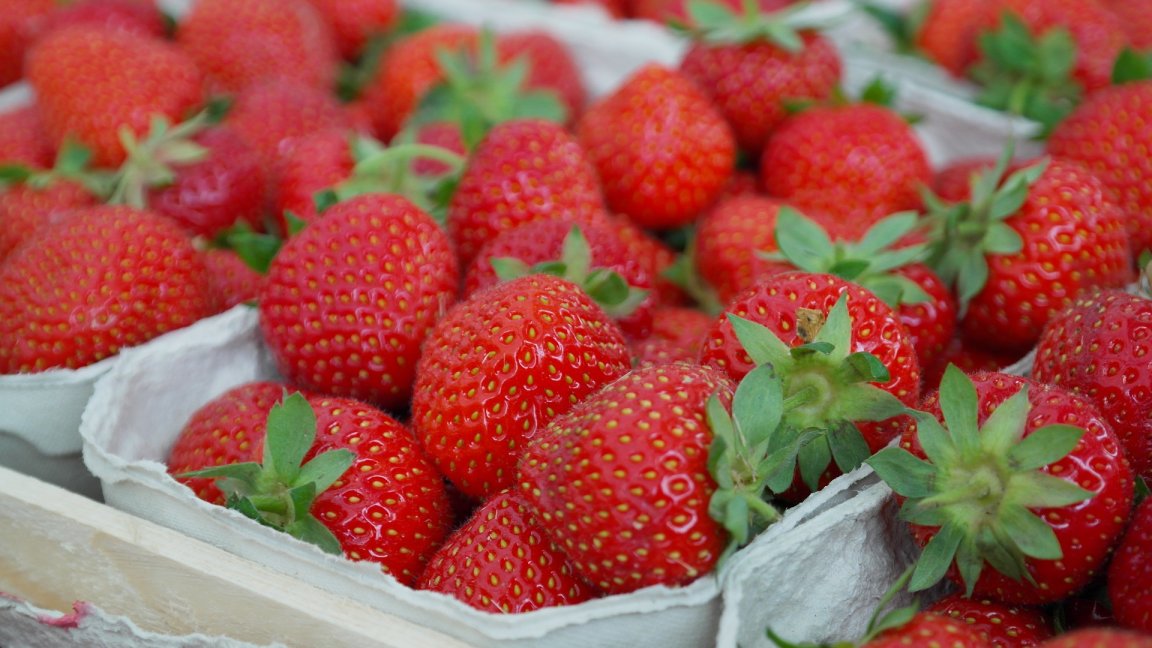
“Best Before” is No Longer Good Enough
Many of us have struggled to figure out if a food item sitting in our fridge is ok to eat. Now, with a little help from science, there’s an easy, low cost sensor that could replace those unreliable dates printed on our favorite foods. Research presented at today’s 254th National Meeting & Exposition of the American Chemical Society (ACS) by Silvana Andreescu of Clarkson University‘s Department of Chemistry and Biomolecular Science goes into how these sensors work, and many of the possible upcoming real-world applications for the technology.
“My lab has built a versatile sensing platform that incorporates all the needed reagents for detection in a piece of paper. At the same time, it is adaptable to different targets, including food contaminants, antioxidants and free radicals that indicate spoilage,” she said. “We use stable, inorganic particles that are redox active. When they interact with the substances we want to detect, they change color, and the intensity of the change tells us how concentrated the analyte (the substance being measured) is.”

Smart Labels
This tech is in its infancy, but the researchers envision incorporating this development into future labels to give clear readouts of when it’s time to toss spoiled food or cosmetics. The sensors are also good for more much more than keeping you from drinking curdled milk. Other possible applications include authenticating teas and wines by their antioxidant content, searching for new medicinal herbs in the Amazon, or eventually detecting salmonella and E.coli to prevent food poisoning.
Lately, paper-based technologies have been bringing new, cheap technologies into the world. Researchers are working on paper based batteries that can charge in seconds or even be powered by your spit. The relatively low costs of these devices open up a wide variety of possibilities for remote areas of the world, and could even help to save lives.